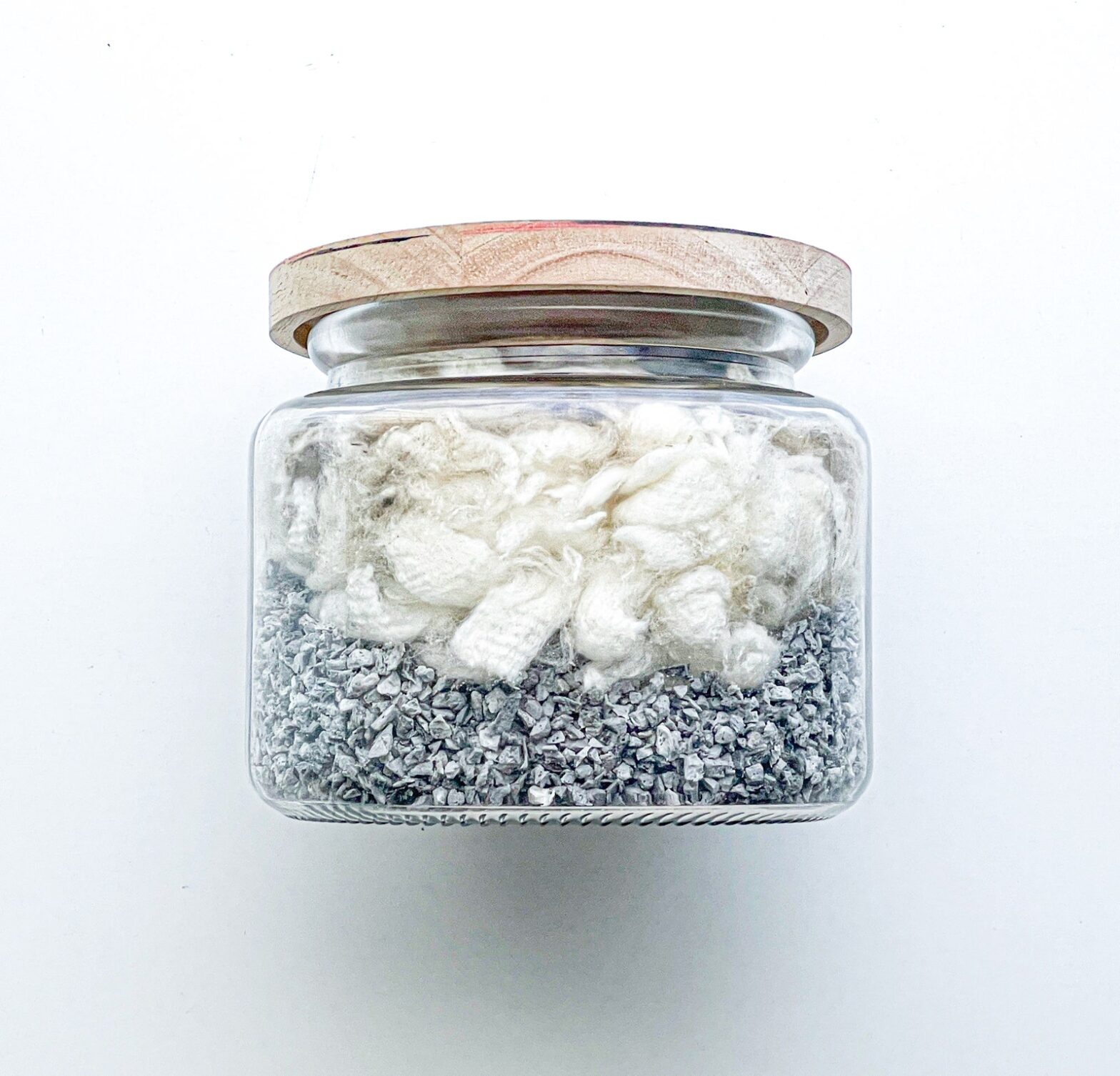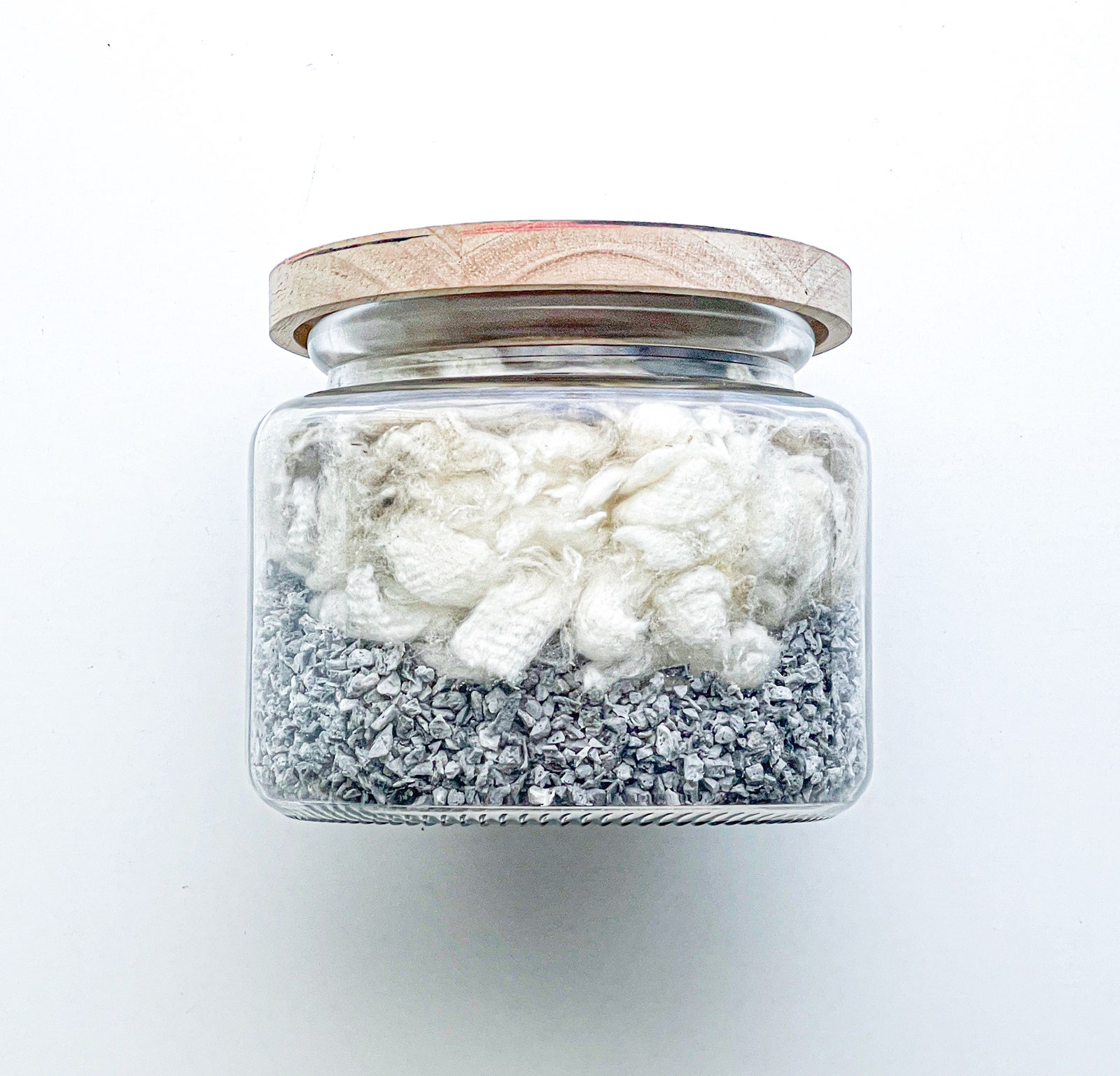Ask someone for a fact about New Zealand and chances are they’ll likely say, “There are more sheep than people.” It’s true, with 30 million sheep to 4.4 million humans, so it is little wonder that wool production is a major source of export revenue, and national pride, for the country. But the industry is in serious decline. Total wool exports fell 30.2 percent to NZ$367 million ($251.3 million USD) in the year to January 2021, and with wool prices so low it can often cost farmers more to shear sheep than they can get for the wool once sold.
We’re not talking about luxury Merino wool here. That ultrafine fiber still commands a high price, but it makes up only 10 percent of New Zealand wool products. Some 80 percent of New Zealand wool is actually strong wool, a coarser natural fiber more typically used for carpets and rugs.
Changing tastes and the popularity of man-made fibers means there’s a surfeit of strong wool in New Zealand—an estimated 1 million tons is stored waiting for the prices to improve—but 26-year-old inventor Logan Williams, and his company Shear Edge, is hoping to make the most of this increasingly ignored material by chopping it up and using it to make boats, knives, fencing, and just about anything that’s currently made using plastic.
Williams has pioneered a method of adding processed strong wool to polymers, including bio-based PLA (polylactic acid), typically made from corn starch. The result is a material that not only uses less plastic but is lighter and stronger—and, crucially, this wooly plastic can be processed by existing plastic-forming machinery.
“Wool is composed of keratin protein,” explains Williams. “It’s actually one of the strongest natural materials on the planet, so when it gets infused with the polymer it makes it incredibly strong, but also lighter, so the more wool we can put into the polymer the lighter the products will be and less plastic will be needed.”
The pellets, made in Shear Edge’s Hamilton factory, south of Auckland on New Zealand’s North Island, can be used as a substitute for plastic manufacturing without having to invest in new machinery. “Our pellets can be universally applied to almost all forms of manufacturing, says Williams. “This includes injection molding, extrusion, rotational molding, and thermoforming. Our customers may only have to slightly change the temperature and torque of their existing machinery, and aside from visible fibers, it looks almost identical to the industry standard.”
Shear Edge’s wool composites have been tested by Scion Research (a New Zealand government-owned company that carries out scientific research for the benefit of the country) to international ISO and ASTM standards, and the results show that wool makes composites lighter and stiffer, with higher impact and tensile strength.
Shear Edge is currently producing 4 tons a day, and Williams hopes that by using strong wool, he can give farmers an income stream for a product that is often considered worthless, especially as they can use parts of the fleece such as bellies, side,s and pieces that would otherwise be thrown away. Currently the company’s formula replaces as much as 35 per cent of the typical base polymer without a reduction in performance. It’s also worth noting that, unlike a material such as glass fiber, it is 100 percent recyclable.


